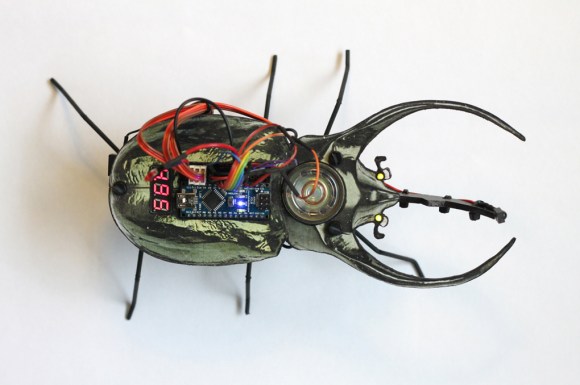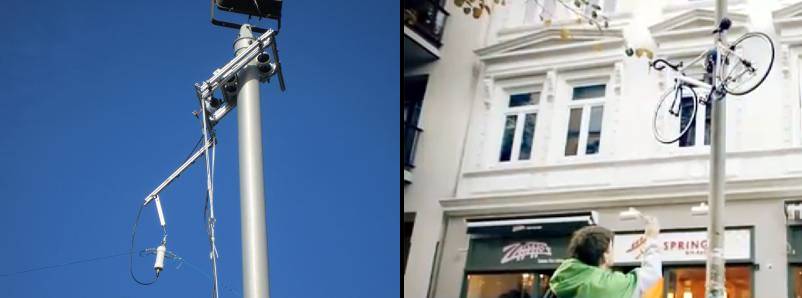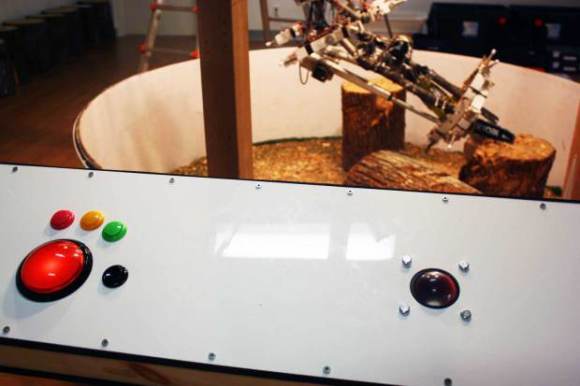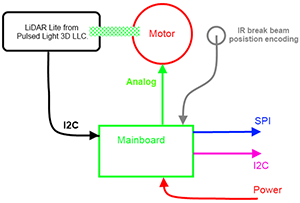
Pools are great – Cleaning them, not so much. [Davide Gironi] had a pool cleaning robot, but years of working in a chlorine environment resulted in one of its gaskets failing, destroying the electronics inside. Instead of replacing it, he decided to try his hand at rebuilding it using an AVR ATmega8 microcontroller.
But wait! Wasn’t there a warranty? Expired. Couldn’t he just get a new board from the manufacturer? Costs almost as much as a new robot – time to open it up!
He’s broken the project into two parts, the out of water timer circuitry, and the robot itself. The timer is responsible for converting 220VAC to low voltage DC for the robot, and for turning it on and off based on a schedule (duh). He’s using an ATmega8 based countdown programmable timer which he designed himself for a previous project.
Continue reading “Pool Cleaning Robot Rebuild Works Like A 3 Dimensional Roomba”






 [Patrick] has spent a lot of time around ground and aerial based autonomous robots, and over the last few years, he’s noticed a particular need for teams in robotics competitions to break through the ‘sensory bottleneck’ and get good data of the surrounding environment for navigational algorithms. The most well-funded teams in autonomous robotics competitions use LIDARs to scan the environment, but these are astonishingly expensive. With that, [Patrick] set out to create a cheaper solution.
[Patrick] has spent a lot of time around ground and aerial based autonomous robots, and over the last few years, he’s noticed a particular need for teams in robotics competitions to break through the ‘sensory bottleneck’ and get good data of the surrounding environment for navigational algorithms. The most well-funded teams in autonomous robotics competitions use LIDARs to scan the environment, but these are astonishingly expensive. With that, [Patrick] set out to create a cheaper solution.








